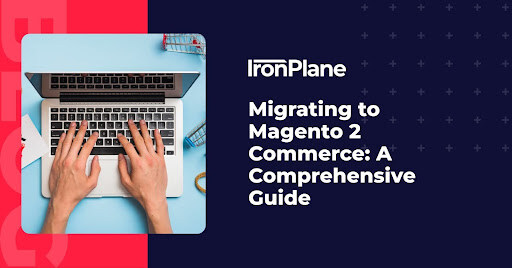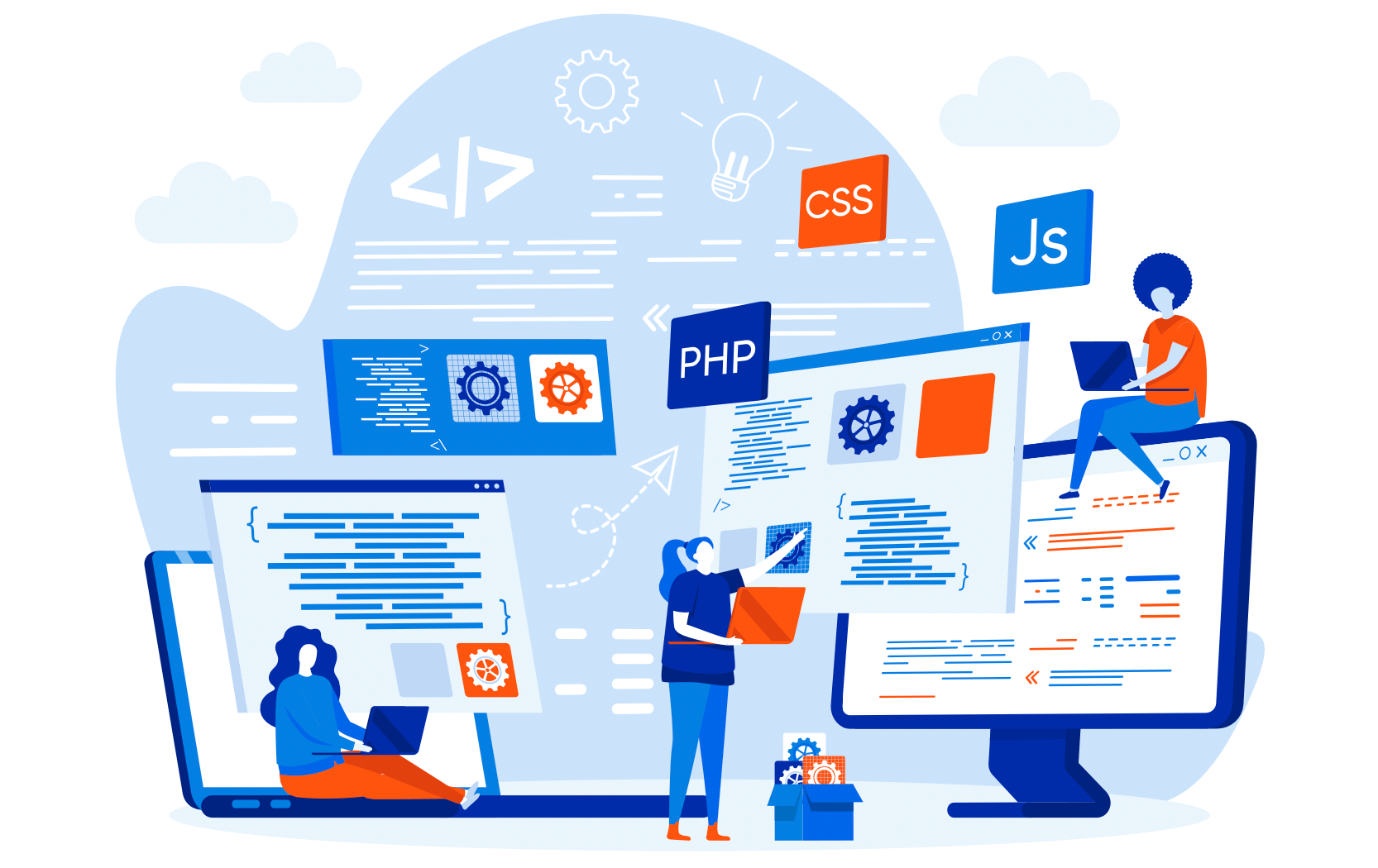Magento 2 Hosting: What You Need to Know
What you need to know about Magento 2 hosting. Options for E-commerce companies. Iron Plane Magento Blog.

Are you considering upgrading your eCommerce platform to Magento 2 Commerce? This comprehensive guide will walk you through the specifics of migrating to Magento 2 Commerce edition, highlighting the key considerations, benefits, and steps involved in the process.
Magento 2 Commerce, formerly known as Magento Enterprise, is the premium version of the Magento platform, offering advanced features and capabilities for enterprise-level eCommerce businesses. By migrating to Magento 2 Commerce, you can:
Before embarking on your migration journey, it's crucial to consider the following aspects:
The migration process to Magento 2 Commerce involves several key steps:
To ensure a smooth and successful migration, thorough testing and quality assurance are essential:
Once you're confident in the migrated Magento 2 Commerce store, it's time to plan for the go-live process:
Migrating to Magento 2 Commerce is a complex process that requires expertise in various areas, including Magento development, system administration, and project management. Partnering with a reputable Magento development agency like IronPlane can help ensure a successful and streamlined migration.
IronPlane offers a range of services to support your migration to Magento 2 Commerce, including:
Migrating to Magento 2 Commerce is a significant undertaking that can transform your eCommerce business, enabling you to leverage advanced features, improved performance, and enhanced security. By carefully planning your migration, following best practices, and partnering with experienced Magento experts, you can ensure a successful transition to the Magento 2 Commerce platform.
Take the first step towards your Magento 2 Commerce migration by contacting IronPlane today. Our team of Magento experts is ready to guide you through the migration process and help you unlock the full potential of your eCommerce business.

What you need to know about Magento 2 hosting. Options for E-commerce companies. Iron Plane Magento Blog.

Get an inside look at the Magento 2 migration services of one of the top Magento & Adobe Commerce agencies.

Want more traffic and online revenue? Comparing Adobe Magento Open Source vs. Magento Commerce. Which platform is right for your eCommerce store?